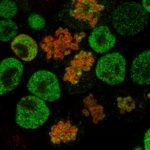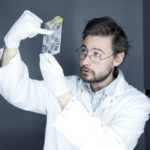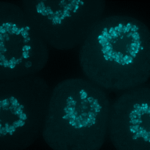Link to Pubmed [PMID] – 28834535
FEBS Lett. 2018 03;592(6):852-877
Estrogen-related receptor b (Esrrb) is part of a family of three orphan nuclear receptors with broad expression profiles and a generic function in regulating energy metabolism in mammals. However, Esrrb performs specific functions during early mouse development, in pluripotent and multipotent populations of the embryo as well as in primordial germ cells. Moreover, Esrrb also impinges upon the control of self-renewal in embryo-derived stem cells and enhances reprogramming. Here, we review the function of Esrrb with special emphasis on its role in pluripotency. Esrrb activity at crucial regulatory elements of the pluripotency network, coupled with its role as a mitotic bookmarking factor and the ability to reset cellular metabolism, might explain its potent functions in ensuring the stability of pluripotency and driving the late stages of reprogramming. Hence, we argue that Esrrb represents a key addition to the pantheon of transcription factors sustaining pluripotent stem cell identity in mice. Understanding the mechanisms governing the interplay between different estrogen-related receptors (ERRs) and their specificity of action may clarify the role these factors play during preimplantation development and in pluripotent cells in both mouse and humans.




